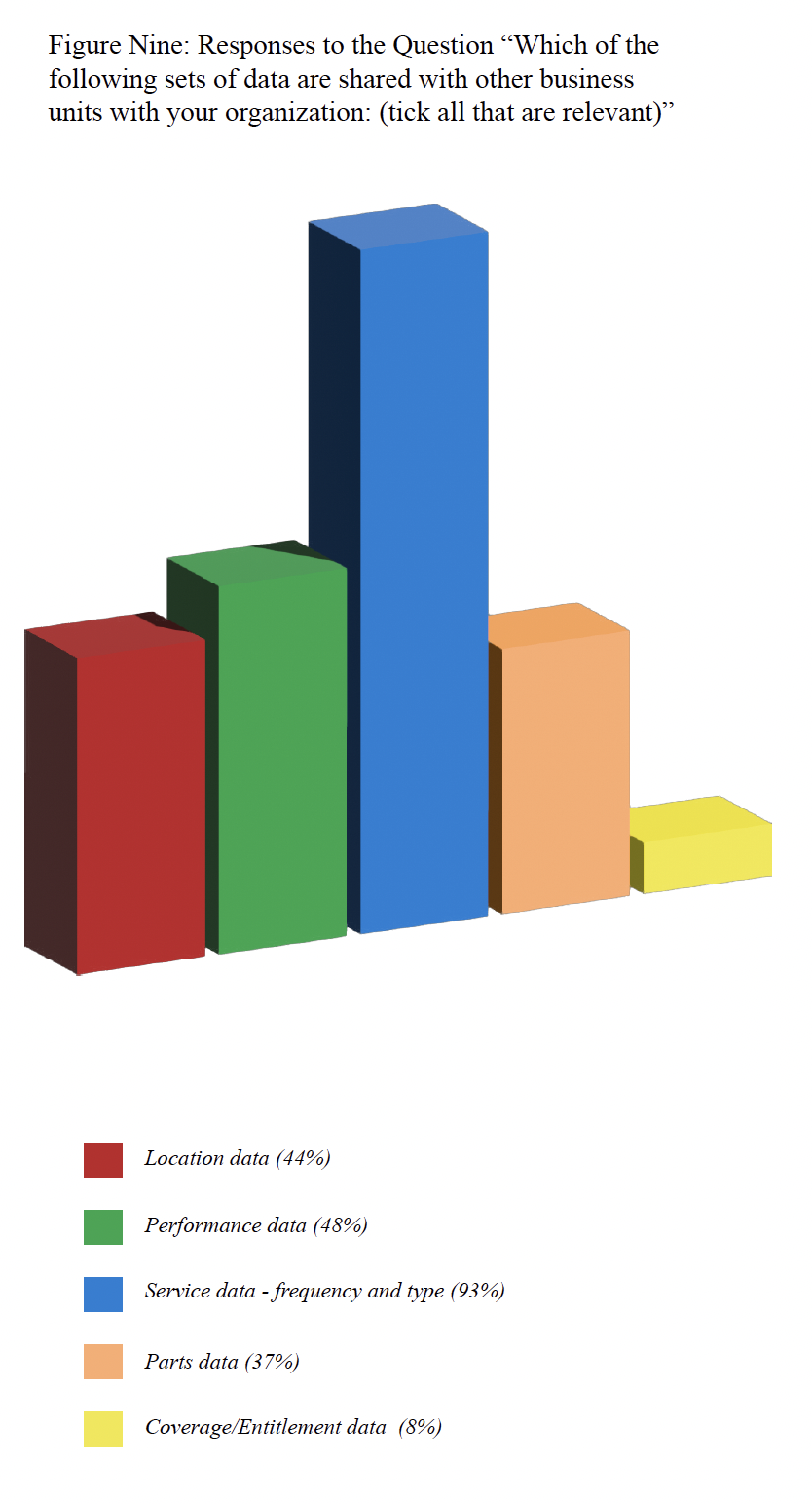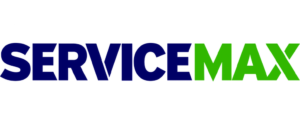Understanding How Asset Data is Being Utilised and Leveraged
In this latest article in our series based on the latest Field Service News Research study hosted in partnership with ServiceMax, where we are exploring the correlations between asset data flow, servitization and cross-department collaboration, we explore how asset data is used by field service companies…
Having identified how asset data is being collected in this report’s next segment, we shall now look at how that data is being utilized. We asked our respondents ‘how does your organization primarily see the information you receive from assets’ and provided four options.
These options were ‘improving your field service operations,’ ‘driving customer success’, ‘improving product design and quality and ‘creating new services or revenue operations.’
The data from the study findings here were particularly illuminating. In previous Field Service News Research studies, we have seen the increasing use of data to drive operational efficiency and customer satisfaction and success. Indeed, the most recent Field Service News Research report specifically noted the rising importance of CSAT in the eyes of field service companies.
Therefore, it would be a fair assumption that either of these two options would be seen as the most cited of the options presented. However, this turns out not to be the case.
While the distribution spread of responses was relatively even, the most widely cited of the responses was, in fact creating new services or revenue opportunities – cited by just under a third (29%) of respondents.
Indeed, driving customer success sat at the other side of the spectrum cited by just 18% of respondents while improving product design and improving field service operations were closely aligned with 26% and 25% of respondents, respectively.
This suggests that while asset data is undoubtedly of use within field service operations, organizations are beginning to see that this data can also have a positive impact beyond these confines. In fact, this assertion was wholeheartedly backed up by the study findings; We directly asked our respondents if asset data gets shared within other businesses within the organization. Over three-quarters, (81%) of companies stated that this was indeed the case.
Drilling further into this question, we then asked our respondents to identify which other business units currently have access to this data, asking our respondents to tick any applicable.
The responses to this question showed that the asset data was widely shared across numerous business units.

The most commonly cited business unit was perhaps unsurprisingly Technical Support which over three quarters (85%) of companies stated have access to asset data.
The next two most commonly cited departments that have access to asset data were customer service/success and sales, both of which were cited by over half of the companies within the study (58% and 53%, respectively). There were, however, three core business units that received asset data less than may have been expected.
The first was product design and R&D, where less than half (46%) of companies stated they shared asset data. Given that asset data could reveal critical information such as common faults and mean-time-to-failure, this seems to be a business unit that is still underserved when accessing asset data. The second of these business units that receives asset data less frequently than anticipated is within the supply chain, where only 31% of companies share asset data. Again, early indicators of component failure or consumables use could significantly improve supply chain efficiency.
The final business unit in this group where we might expect to see asset data utilized more than it currently is the marketing department, where less than a quarter (23%) of companies share asset data. This seems counterintuitive given that we see twice as many companies sharing asset data with their sales departments and fundamentally marketing us a supportive function of sales.
However, in general, the fact is that asset data is shared quite widely across the majority of organizations and multiple business units. However, precisely what asset data is being shared?
When clarifying this with our respondents, we offered a selection of options that included location data, performance data, service data (frequency and type), parts, and coverage/entitlements and again asked them to select those relevant to their organisation.
Service data distribution was almost universally cited by all respondents whose organizations shared data across the business. Over nine-tenths (93%) stated this is part of the asset data they share. (Fig 9 below)

Beyond this, both performance data and location data were shared by just under half of the respondents within this sub-set (48% and 44%, respectively). Parts data was shared by just over a third (37%) of companies – which marries with the relatively low number of companies sharing asset data with the supply chain departments.
However, the most surprising response to this question was that less than a tenth (8%) of companies shared coverage or entitlement asset data across business units.
Again, as we return to the findings of the previous feature of this series and the relatively low percentage of companies that share asset data with their marketing department, this would seem to be clear low hanging fruit that many companies could benefit from in terms of tailoring marketing efforts towards those clients whose assets are soon to move out of coverage.
In the next feature in this series, we shall be focusing on the perception of field service from other business units.
Want to know more and don’t want to wait? Field Service News subscribers can access the full report on the button at the top of this article.
This Field Service News Research study is proudly sponsored by ServiceMax

 Data usage note: By accessing this content you consent to the contact details submitted when you registered as a subscriber to fieldservicenews.com to be shared with the listed sponsor of this premium content ServiceMax who may contact you for legitimate business reasons to discuss the content of this white paper.
Data usage note: By accessing this content you consent to the contact details submitted when you registered as a subscriber to fieldservicenews.com to be shared with the listed sponsor of this premium content ServiceMax who may contact you for legitimate business reasons to discuss the content of this white paper.


